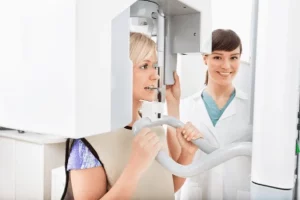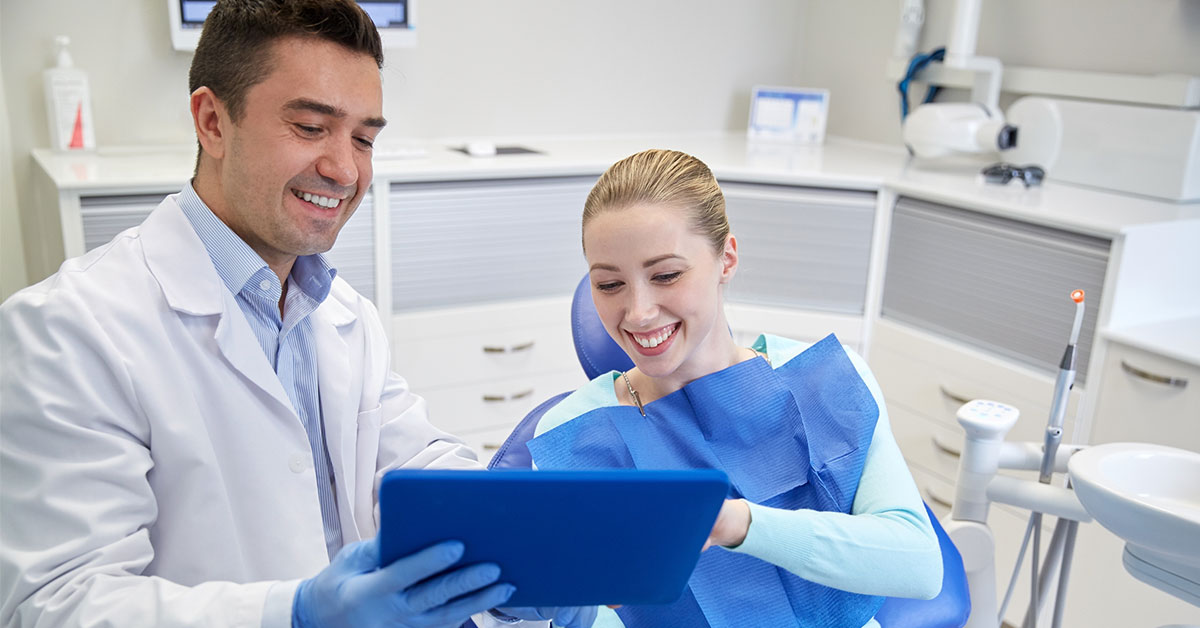In the domain of orthodontics, safeguarding patient information is essential. HIPAA-compliant software provides important protections through encryption and access controls. This guarantees that only authorized personnel can access sensitive data, thereby maintaining confidentiality. Regular audits and secure communication also play an important role in identifying vulnerabilities. The implications of these features extend beyond compliance. Understanding how HIPAA-compliant orthodontic software enhances trust within the practice is significant for both patient satisfaction and operational integrity.
Key Takeaways
- HIPAA-compliant software uses encryption to secure patient data during transmission and storage, preventing unauthorized access.
- Strict user authentication ensures that only authorized personnel can access sensitive patient information, enhancing overall security.
- Regular audit trails monitor user activities, helping practices maintain compliance and identify potential vulnerabilities.
- Secure communication features facilitate safe messaging between practitioners and patients, promoting trust and confidentiality.
- Implementing compliant software reduces legal risks and fines, contributing to a well-organized and secure practice environment.
Understanding HIPAA and Its Importance in Orthodontics
The Health Insurance Portability and Accountability Act (HIPAA) serves as a critical framework for safeguarding patient information in the healthcare industry, including orthodontics. This legislation establishes national standards for the protection of sensitive patient data, ensuring confidentiality and security. Orthodontic practices must comply with HIPAA to foster trust and promote a safe environment for patients. By adhering to these regulations, practitioners demonstrate their commitment to protecting patient privacy and securing health information against unauthorized access. Compliance with HIPAA not only mitigates potential legal repercussions but also enhances the overall quality of care. Understanding HIPAA’s importance empowers orthodontic professionals to implement necessary procedures and technologies, ensuring that patient rights are respected while fostering a supportive community within the practice.
Key Features of HIPAA-Compliant Orthodontic Software
In an era where patient data security is paramount, HIPAA-compliant orthodontic software features a variety of essential tools designed to safeguard sensitive information. These features not only enhance operational efficiency but also guarantee adherence to regulatory standards. Key components include:
- Data Encryption: Protects patient data both in transit and at rest, ensuring unauthorized access is prevented.
- User Authentication: Implements strict access controls to verify the identity of users, minimizing the risk of breaches.
- Audit Trails: Tracks user activity within the software, creating a thorough record for compliance reviews.
- Secure Communication: Facilitates safe sharing of patient information through encrypted channels, ensuring confidentiality.
Together, these features foster a secure environment, reinforcing trust between orthodontic practices and their patients.
How HIPAA-Compliant Software Safeguards Patient Information
Although patient data breaches remain a significant concern in healthcare, HIPAA-compliant orthodontic software offers robust mechanisms to protect sensitive information. These systems utilize advanced encryption protocols to secure data both in transit and at rest, ensuring unauthorized access is effectively mitigated. Additionally, thorough access controls permit only authorized personnel to view patient records, reinforcing confidentiality. Regular audits and monitoring capabilities further enhance security by identifying potential vulnerabilities. Furthermore, the software often includes secure messaging features, allowing for safe communication between practitioners and patients. By adhering to strict HIPAA regulations, orthodontic practices can foster trust and confidence among patients, ensuring that their personal and health information is safeguarded in a compliant and responsible manner.

Benefits of Implementing HIPAA-Compliant Orthodontic Software for Practices
Implementing HIPAA-compliant orthodontic software not only enhances patient data security but also streamlines operational efficiency within practices. This advanced software offers numerous benefits that contribute to a more organized and compliant practice environment.
- Enhanced Security Features: Protects sensitive patient information through encryption and access controls.
- Improved Workflow: Automates routine tasks, allowing staff to focus on patient care.
- Regulatory Compliance: Guarantees adherence to HIPAA regulations, reducing the risk of fines and legal issues.
- Patient Engagement Tools: Facilitates better communication and appointment management, fostering stronger patient relationships.
Choosing the Right HIPAA-Compliant Orthodontic Software for Your Practice
How can orthodontic practices guarantee they select the most suitable HIPAA-compliant orthodontic software? To ascertain compliance, practices should conduct thorough research on software vendors, examining their adherence to HIPAA regulations and security features. It is essential to assess functionalities that support patient management, billing, and communication, confirming they enhance operational efficiency while safeguarding patient data. Practices should also consider user reviews and testimonials to gauge satisfaction and usability. Additionally, evaluating the software’s customer support can be significant in maintaining compliance and resolving potential issues. Finally, confirming that the software is regularly updated to reflect regulatory changes will further protect both patients and the practice. By following these steps, orthodontic practices can confidently choose the right HIPAA-compliant orthodontic software.
Frequently Asked Questions
What Happens if a Practice Violates HIPAA Regulations?
If a practice violates HIPAA regulations, it faces significant penalties, including hefty fines, potential lawsuits, and reputational damage. Compliance is essential to safeguard patient information and maintain the trust necessary for a successful healthcare practice.
How Often Should We Update Our Orthodontic Software?
Orthodontic software should be updated regularly, ideally at least twice a year, to guarantee compliance with evolving regulations, enhance security features, and improve patient care. Consistent updates foster trust and reliability within the practice.
Can Hipaa-Compliant Software Integrate With Existing Systems?
HIPAA-compliant software can often integrate with existing systems, enhancing functionality while ensuring regulatory compliance. This integration streamlines workflows, ultimately fostering a more secure environment for patient data and strengthening the practice’s operational efficiency.
What Training Is Needed for Staff on HIPAA Compliance?
Staff training on HIPAA compliance typically includes understanding patient privacy rights, secure handling of health information, recognizing potential breaches, and implementing proper protocols. Ongoing education guarantees adherence to regulations, fostering a culture of security within the practice.
How Can Patients Verify Their Information Is Secure?
Patients can verify their information’s security by inquiring about encryption methods, access controls, and compliance certifications of their healthcare provider’s systems. Transparency and adherence to regulations foster trust and assurance regarding data protection practices.
Conclusion
In summary, adopting HIPAA-compliant orthodontic software is fundamental for safeguarding patient information and enhancing the credibility of orthodontic practices. By integrating advanced security features, such as encryption and strict access controls, these systems not only protect sensitive data but also foster trust between practitioners and patients. As compliance with HIPAA regulations becomes increasingly important, selecting the right software solution is a key step toward ensuring both patient privacy and the long-term success of the practice.




